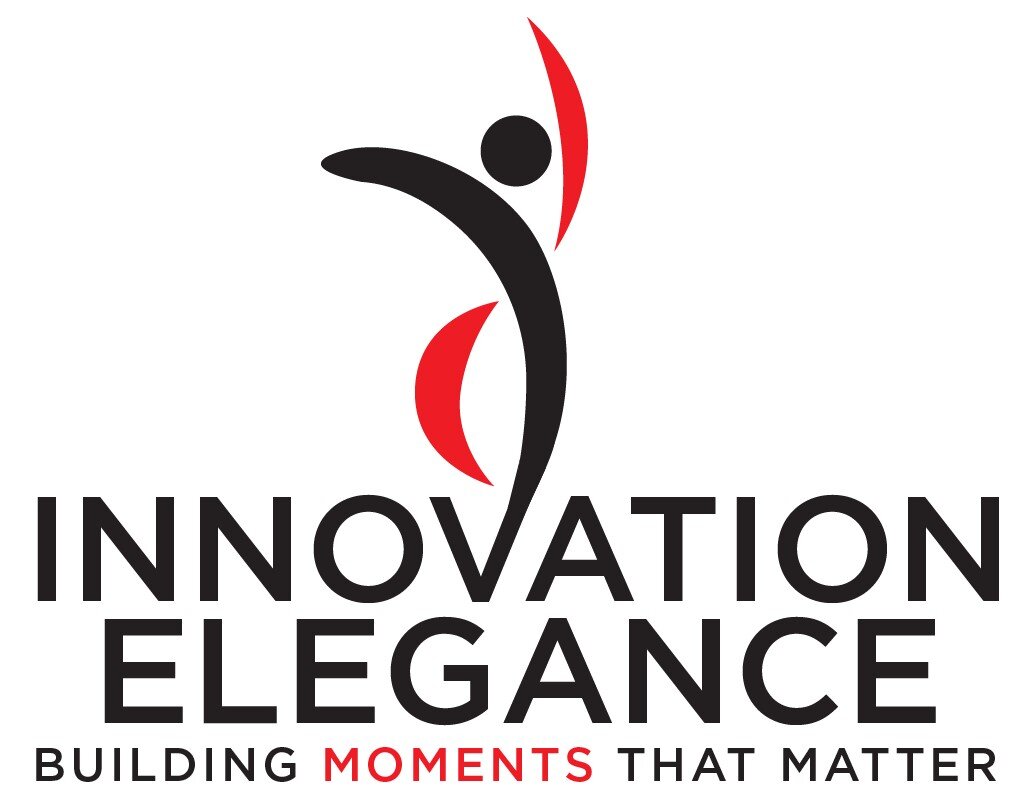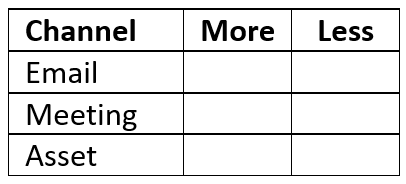Approachability Menu
“Everyone is someone else’s weirdo.”
Imagine a culture where …
everyone is approachable with feedback
everyone knows the language for constructive feedback, and
everyone knows how to receive and respond to feedback.
The Approachability Menu helps accomplish this.
You have received or witnessed unhelpful performance feedback. You have worked in an environment where feedback was not a strength of the culture. You have worked with someone who was not approachable about performance feedback. A culture ill-equipped for informal feedback possesses a kind of methodology debt. Examples of unhelpful feedback:
Anita is hard to deal with
Bertolo is not a team player
Candice is annoying
These examples contain sprawl. They are not elegant. They hint of personality conflict. The Approachability Menu demands that feedback qualifies as task conflict. Helpful feedback must pertain to one of these communication channels:
The Approachability Menu simply welcomes requests to change behavior for these three communication channels. You can be as brief to request more or request less (of a certain behavior). You might need more words to describe your request. Here is a start to an Approachability Menu.
For each communication channel, list the behaviors that matter to you.
For email, you might want to mentor on behavior such as responsiveness, length, and tone (your own list works better!)
For meetings, you might want to mentor on behavior such as punctuality, monopolization, and multi-tasking (your own list works better!)
For documentation, you might want to mentor on behavior such as draft, review and revise, or approve (yes, this is effectively feedback for the project plan, not just your colleague). Five verbs works great.
For this expanded Approachability Menu (below), you could still add a column to the right to welcome a long-winded request.
Helpful feedback looks like this:
“I suggest that Donita call fewer meetings”
“I would like Emilio to be more responsive to emails”
“I would like Fabiana to review the Training Materials”
“I believe Gary is the right approver for the Process Flow”
“Harry started drafting the Test Approach late (dependency)”
“Most of Larry’s work takes longer than I think it should (duration)”
Once receiving requests to change behavior, the recipient can accept, change, defend, explore, or negotiate behavior acceptable to the relevant stakeholders. Disagreeing is OK. Demonizing is never OK.
This framework is an elegant way for colleagues to:
start constructive feedback conversations
negotiate responsibilities and behavior, and
reset expectations about contributions.
The optimal frequency of conducting approachability exercises is either monthly or quarterly. More frequent is petty. Less frequent is neglectful. Neglecting feedback …
allows poor behavior to continue
erodes your team’s morale
reduces your team’s value
“All bad decisions have one thing in common. They are made in a vacuum.”
You have blind spots. Your colleagues have blind spots. Being approachable means you have sounding boards to minimize bad decisions. Now you have a framework to manage perceptions, especially when someone feels perceptions are unfair.
This is culture disguised as a template. Parents give feedback to family members. Every cast member in a movie or play gets micro-mentored. All of your ensemble members should be approachable, they should embrace a constructive framework, and they should negotiate behavior most conducive to collaboration.



